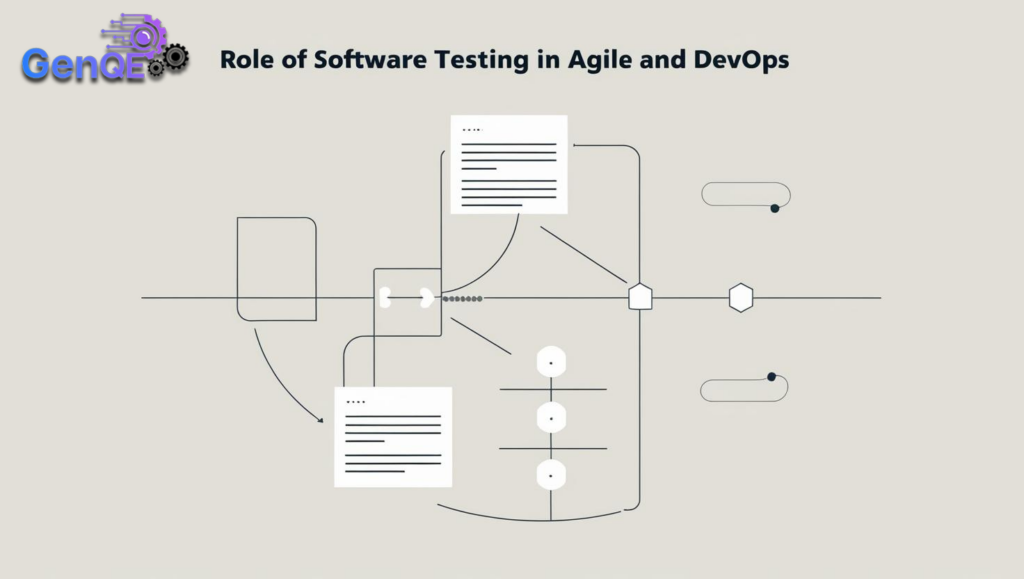
Introduction
Software development has undergone a massive transformation with the adoption of Agile and DevOps methodologies. The emphasis on faster releases, continuous integration, and continuous delivery (CI/CD) has changed how teams approach software testing. In this article, we’ll explore the critical role of testing in Agile and DevOps, the challenges it presents, and best practices to ensure high-quality software.
1️⃣ The Shift from Traditional to Agile Testing
In traditional waterfall models, testing was a phase that came after development. However, in Agile, testing happens continuously alongside development. This shift ensures:
✔️ Early defect detection – Issues are identified sooner, reducing rework costs.
✔️ Faster feedback loops – Developers receive immediate insights into code quality.
✔️ Collaboration between testers and developers – Quality is a shared responsibility.
Agile testing includes automated unit tests, exploratory testing, and regression testing to ensure stability in frequent iterations.
2️⃣ DevOps and the Role of Continuous Testing
DevOps focuses on automation, collaboration, and continuous delivery. Testing in a DevOps pipeline is not a one-time process but an ongoing practice integrated into CI/CD workflows.
Key aspects of testing in DevOps:
✔️ Shift-Left Testing – Testing starts early in the development cycle.
✔️ Test Automation – Reduces manual effort and speeds up releases.
✔️ Continuous Monitoring – Real-time insights help in maintaining system stability.
3️⃣ Challenges in Agile and DevOps Testing
Despite the advantages, testing in Agile and DevOps presents challenges such as:
❌ Fast-paced development cycles – Keeping up with frequent releases can be tough.
❌ Test data management – Ensuring realistic and secure test data is a challenge.
❌ Infrastructure dependencies – Cloud and containerized environments require adaptable test strategies.
4️⃣ Best Practices for Effective Testing in Agile and DevOps
To overcome these challenges, teams should adopt:
✔️ Automated Testing – Invest in tools like Selenium, Cypress, or GenQE for faster validation.
✔️ Parallel Testing – Run tests across multiple environments simultaneously.
✔️ Containerized Testing – Use Docker and Kubernetes for consistent test environments.
✔️ Performance and Security Testing – Ensure applications are robust and secure before deployment.
Conclusion
Agile and DevOps have transformed software development, but testing remains the backbone of software quality. By integrating continuous testing, automation, and monitoring, teams can ensure they deliver high-quality software at speed.
Testing is no longer a bottleneck—it’s an enabler of rapid, reliable, and efficient software delivery!